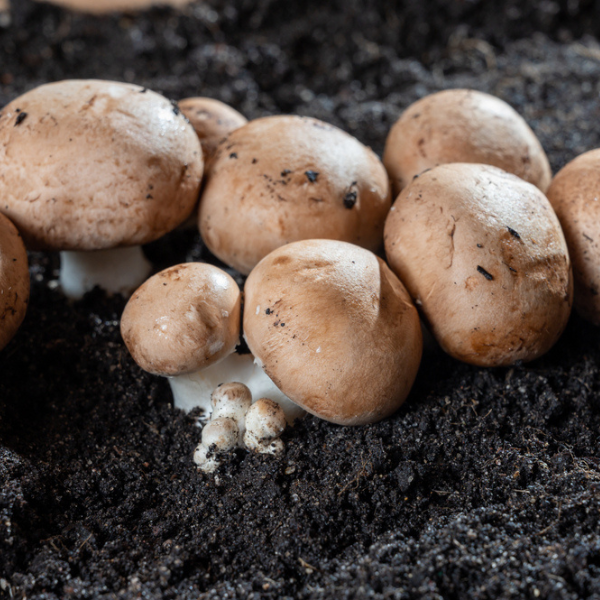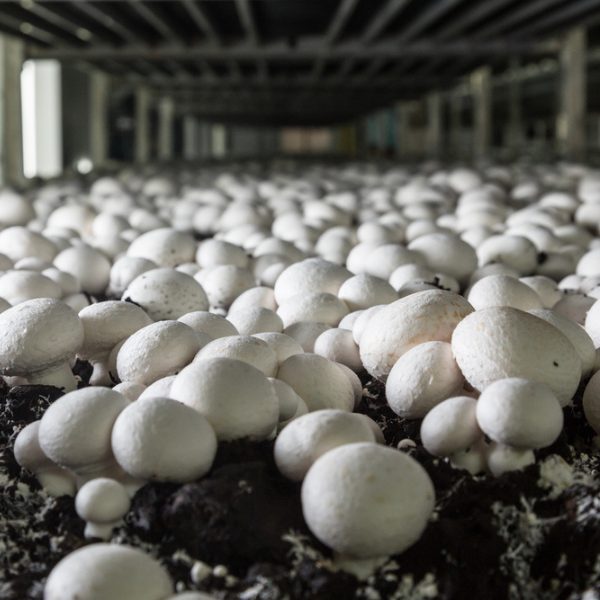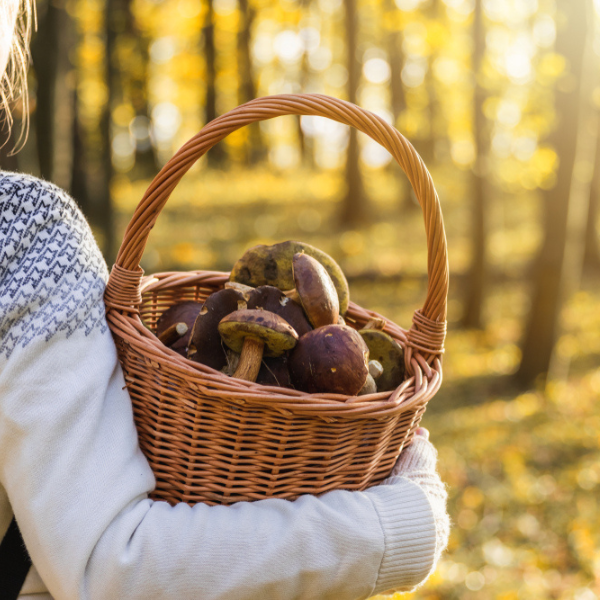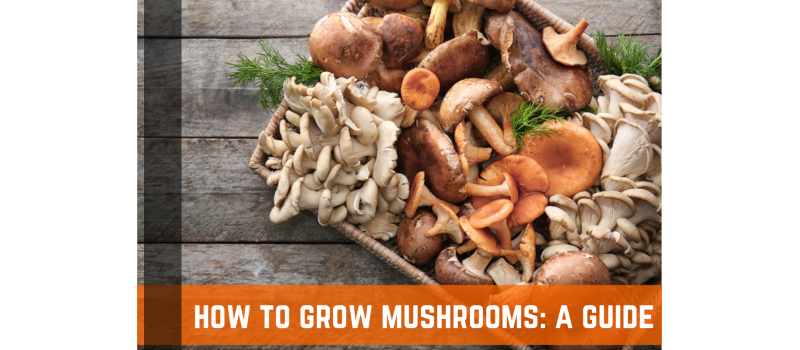Mushrooms have a long history of being associated with a wide range of connotations, including those of both friend and foe. The grocery store is a great place for us to obtain mushrooms that are both safe to eat and delicious, but this wasn't always the case. It is no wonder why any home gardener would add mushrooms to their knowledge base.
Optimal Growing Conditions
The cultivation of mushrooms is different from that of the majority of other vegetables. It's vital to define a few crucial phrases before we move into the growing process. Mushrooms as well as other fungi are developed from spores, whereas the majority of plants are cultivated from seeds.
Mycelium, a white, root-like material, develops when mushroom spores are combined with soil or some other growing material. A material on which mycelium can grow is referred to as a mushroom substrate. Compost and manure are suggested substrate ingredients for white button mushrooms.
A substrate that has mycelium developing on it is called mushroom spawn. Beginners might want to acquire a mushroom growing kit instead of purchasing their own mushroom spores. Both a growth medium and pre-incubated mushroom spawn are included in these packages.

How To Grow Mushrooms
First, prepare the substrate. Begin with a 14-by-16-inch, 6-inch-deep planting tray. Metal , plastic, or wood can make the tray. Leave 1 inch of space on the top of the tray for compost and manure. Then add spores. For maximum outcomes, keep conditions sterile so mold and fungi aren't introduced to the substrate. Before dealing with the substrate, sanitize your hands, knives, and other tools.
Mushrooms need damp conditions to grow, so keep the soil moist. Spray or spritz your growth medium daily or cover it with moist towels. The first 3 weeks of growth require 70-degree soil. You can maintain the trays in a warmer room or on a seedling heat pad. Place an adjustable heating pad under the tray.
Using a ground thermometer, make sure the soil temperature never exceeds 70 degrees to prevent spore death. White, rootlike mycelium will soon cover the earth. When the tray is covered, reduce the heat. Mushrooms thrive in lower temperatures, unlike many summer vegetables.
Lower the soil temperature to 55 to 60 degrees (you may have to get rid of the heating pad) and cover the mycelium with one inch of potting soil. At this temperature, primordia develop after a few days.

Care & Maintenance
You can hasten the process of growing homegrown mushrooms by maintaining a temperature of approximately seventy degrees for the first few days of their development. Mushrooms grow most successfully at a temperature ranging from fifty-five to sixty degrees Fahrenheit. Put a heating pad underneath the container in which you are growing your plant to provide supplemental heat.
Mushrooms require some level of moisture in order to survive, but they cannot tolerate being completely submerged in water. You might try occasionally spraying your mushrooms with a spray bottle, but you should take care not to allow the growing media become too wet. Some cultivators will cover the container in which they are growing their mushrooms with a wet towel or a plastic bag that does not fit tightly around the container in order to retain moisture.
Harvesting & Storing Mushrooms
When you should start harvesting your mushrooms will be determined by the type of fungus that you are cultivating. In most cases, all that is required is a light pulling or twisting motion to separate the adult mushroom caps from the substrate on which they are growing.
There are many different kinds of mushrooms, and some of them can be collected and will continue to grow back. The introduction of brand-new mushrooms is more commonly known as a "flush" in the industry. Once all of the available energy in your substrate has been depleted, the substrate will no longer produce mushrooms.

When you keep using the same mycelium to inoculate progressively larger batches of substrates, the mycelium will eventually go through a process known as senescence. This is a form of degeneration that occurs naturally with the passing of time in all things living. It's the mushroom equivalent of getting up there in years.
The mycelium will eventually get weaker and lose its capacity to grow and split. When the mycelium in your mushroom begins to show signs of weakness, you will either need to start over with new spawn or develop new spores.

